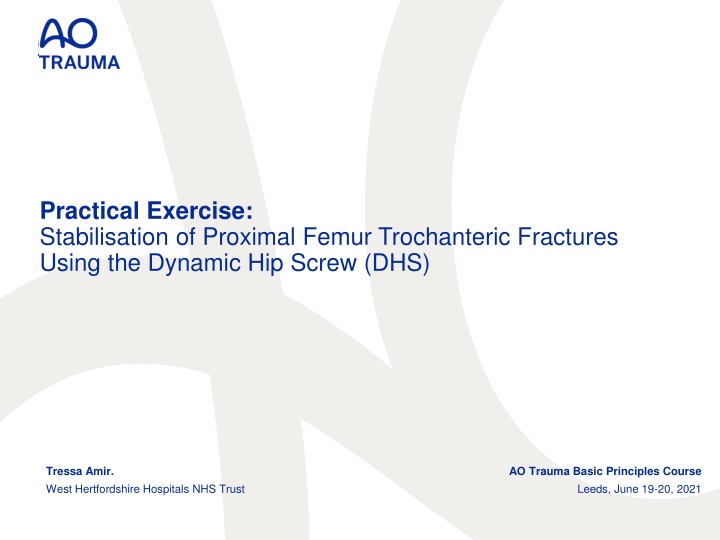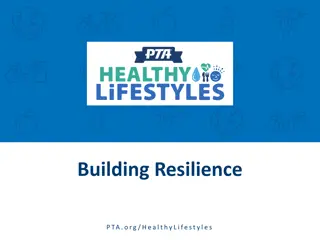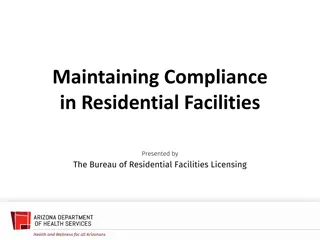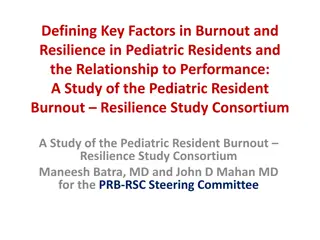
Promoting Security and Resilience in Residential Care
The Secure Base model emphasizes the significance of providing a safe and nurturing environment for children in residential care settings, promoting security, resilience, trust, and positive relationships. Building resilience during childhood is key to helping young people develop confidence, competence, and a positive self-identity, while addressing past traumas and fostering a sense of belonging and trust. This training session delves into practical applications of the Secure Base model, highlighting the importance of attachment, secure caregiving, and the role of key individuals in a child's life.
Download Presentation

Please find below an Image/Link to download the presentation.
The content on the website is provided AS IS for your information and personal use only. It may not be sold, licensed, or shared on other websites without obtaining consent from the author. If you encounter any issues during the download, it is possible that the publisher has removed the file from their server.
You are allowed to download the files provided on this website for personal or commercial use, subject to the condition that they are used lawfully. All files are the property of their respective owners.
The content on the website is provided AS IS for your information and personal use only. It may not be sold, licensed, or shared on other websites without obtaining consent from the author.
E N D
Presentation Transcript
Practical Exercise: Stabilisation of Proximal Femur Trochanteric Fractures Using the Dynamic Hip Screw (DHS) Tressa Amir. West Hertfordshire Hospitals NHS Trust AO Trauma Basic Principles Course Leeds, June 19-20, 2021
Learning Outcomes Clinical indications Surgical approach Correct screw and plate placement Options for screw fixation and fracture compression
Practical 1 Position patient Reduce fracture (under II) Prep and drape Incision and approach Temporary guide wire
Practical 2 Guide wire inserted (135 angled guide) De-rotation wire if required Measure Assemble reamer Ream to correct depth
Practical 3 Assemble DHS screw Place screw to correct depth (under II) Impact DHS plate Fix plate to femoral shaft Additional Options: Compression screw Locking device
Take-home messages Stable intertrochanteric fractures Also an option for some minimally displaced intracapsular fractures Importance of adequate reduction Correct screw and plate placement reduces failure rate Options for screw fixation and fracture compression dependent on patient and bone quality






















